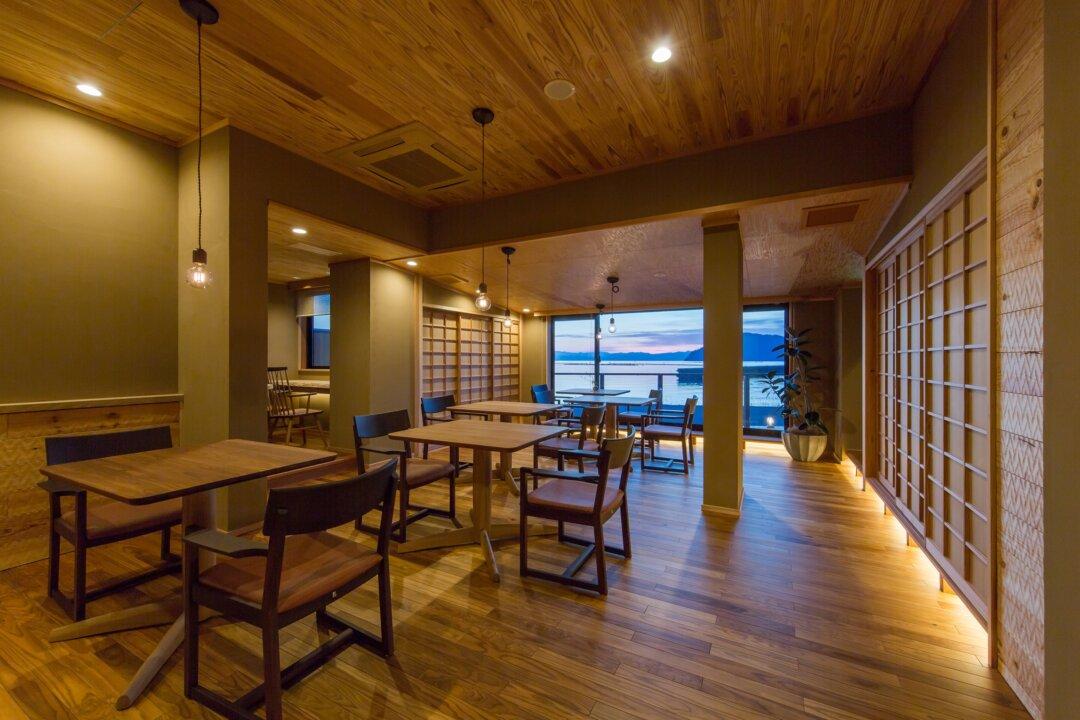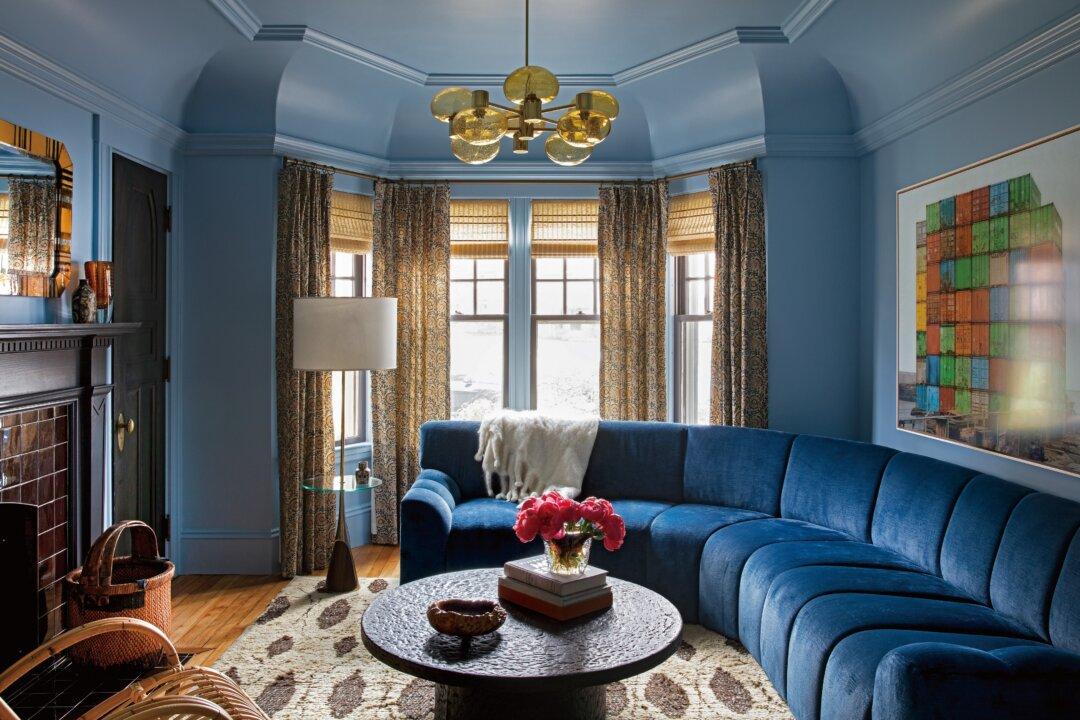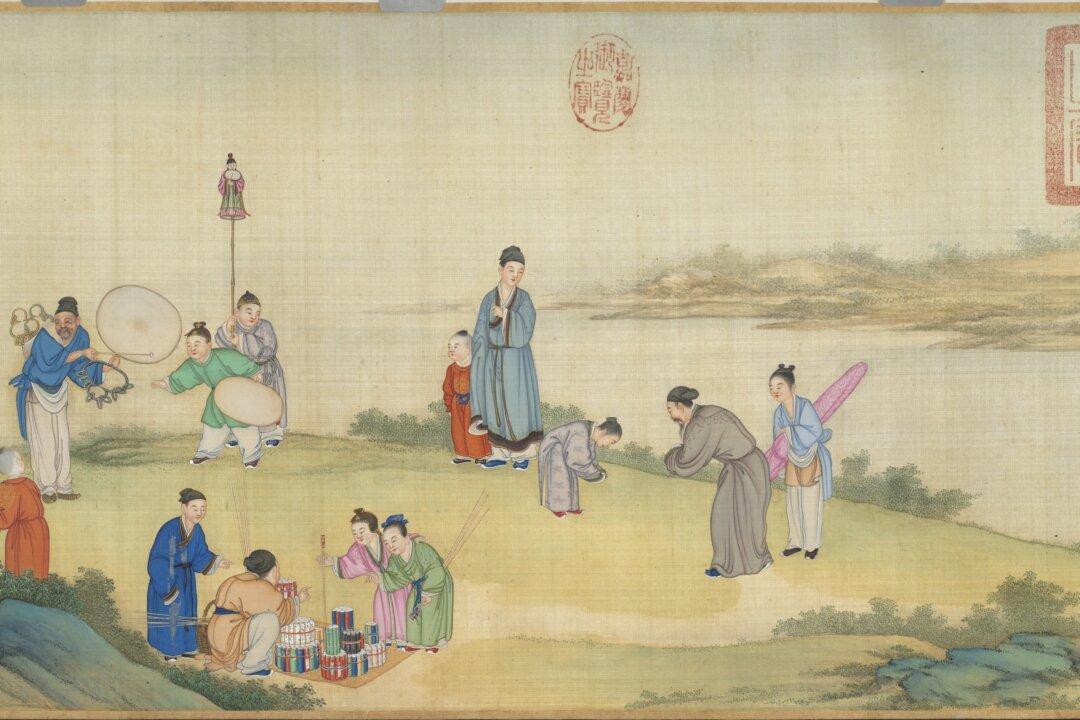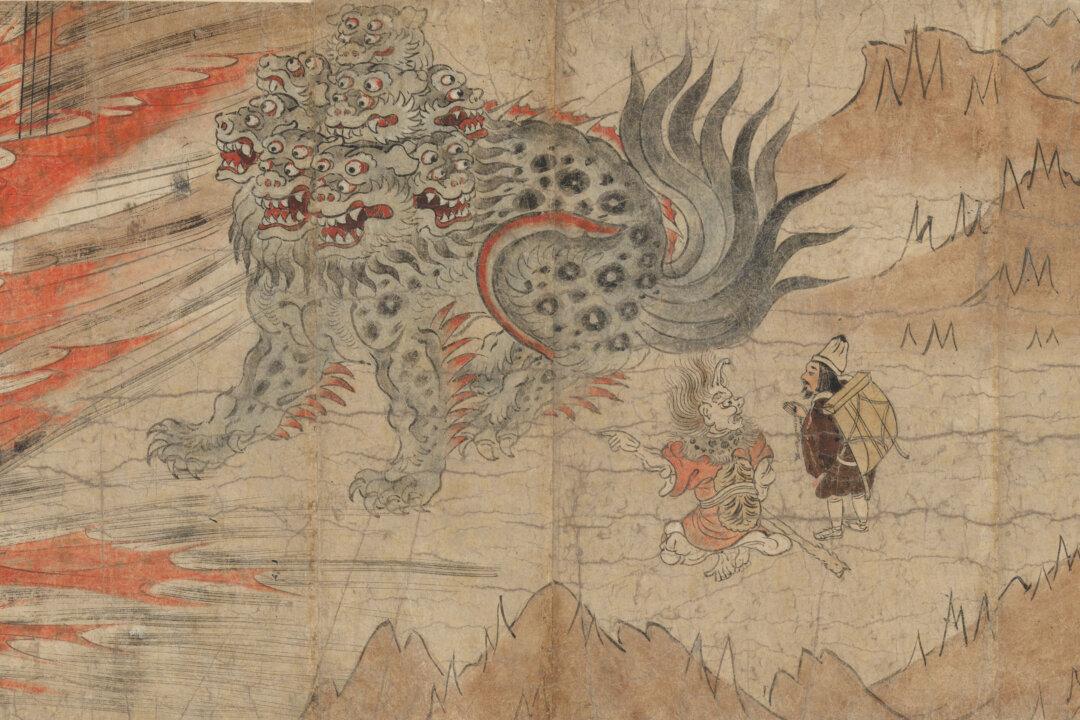Nestled near the Northern Japanese Alps of Gifu prefecture, Hida Takayama (known locally as Hida) is one of the greenest cities in Japan. Roughly 93 percent of the city is made up of forest, with 20 percent of that being cedar.
Hida has a cultural tradition of woodworking that spans all the way back to the Nara period. Its craftsmen are legendary, with their artistry being passed down through the generations for over 1,30o years.





